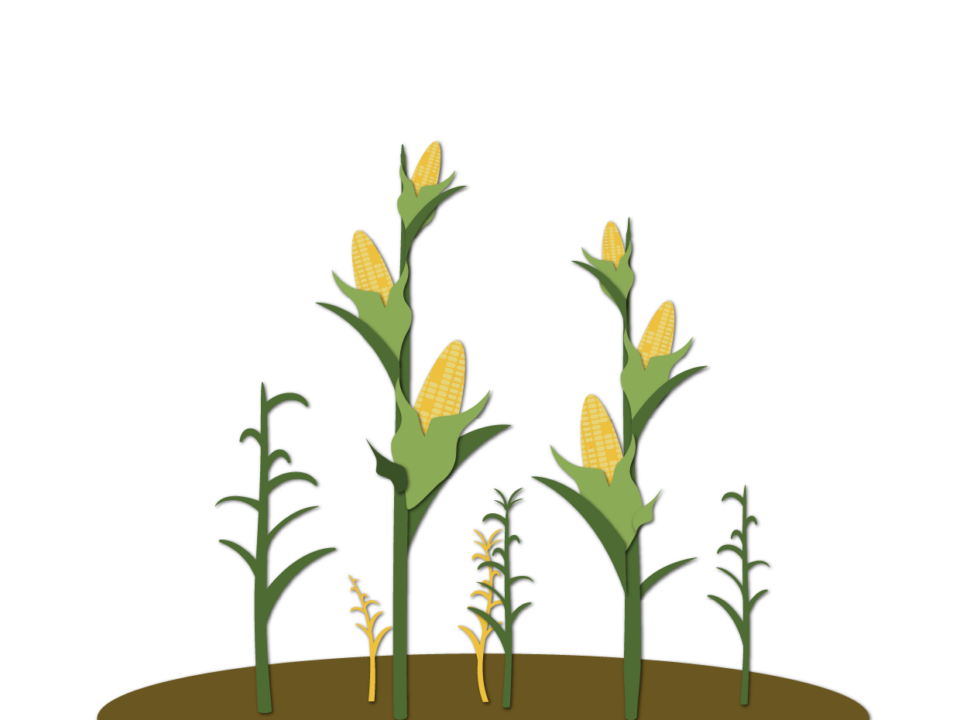The Registered Disability Savings Plan (RDSP) helps Canadians with disabilities and their families save for the future. For a person who qualifies for the Disability Tax Credit, an RDSP can help provide long-term financial security.
On this page you’ll find
The beneficiary of the RDSP can continue to receive federal and provincial disability benefits.
Opening an RDSP
- An RDSP can be opened by the person living with a disability or a family member or friend.
- The beneficiary is the person living with a disability who will receive the money in the future.
- The plan holder is the person who opens and manages the RDSP. The beneficiary can also be the plan holder.
- An RDSP can hold savings or investments, such as GICs or mutual funds.
Contributing to an RDSP
- There is no annual limit on contributions but the lifetime contribution limit for a beneficiary is $200,000.
- Contributions can be made to the plan until the beneficiary turns 59.
- Contributions are not tax deductible, but your savings grow tax free. There is no tax on the investment earnings, as long as they stay in the plan.
- Until age 49, the beneficiary may be eligible for government contributions to the RDSP under the Canada Disability Savings Grant (CDSG), and Canada Disability Savings Bond (CDSB).
- The beneficiary must start taking regular payments from the plan by age 60.
Reasons to close an RDSP
There are a few reasons to close an RDSP, most commonly:
- The beneficiary is no longer eligible for the Disability Tax Credit, for example if they have recovered from their disability.
- The beneficiary has died. In this case the plan must close by the end of the calendar year after their death.
Before the financial institution closes the RDSP, they must repay the government any assistance holdback amount that is left in the plan. The assistance holdback amount is the total amount of CDSG and CDSB paid into the RDSP within the previous 10 years.
Learn more about how RDSPs work, including how to set up a plan, how to put in or take out money, and how to transfer or close the plan.
3 key points
- Savings grow tax free in the plan
- The government makes contributions
- You can still get disability benefits
